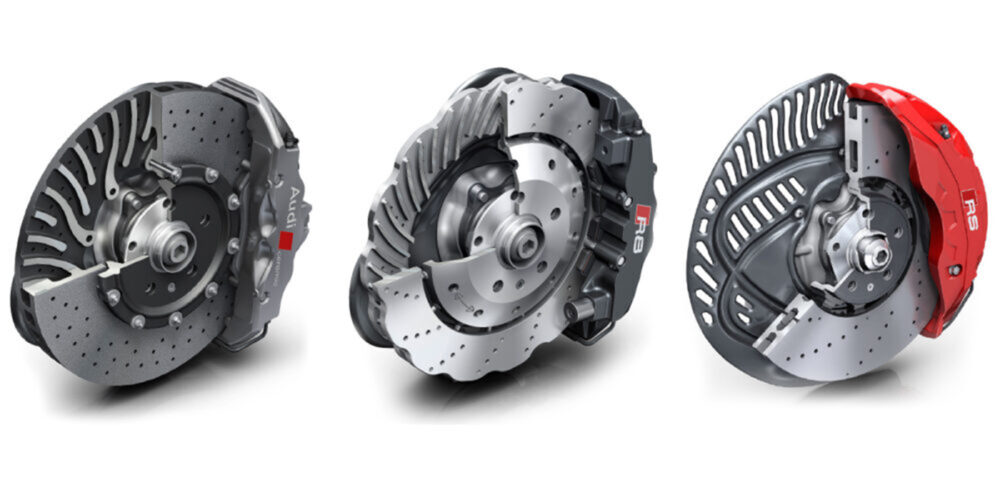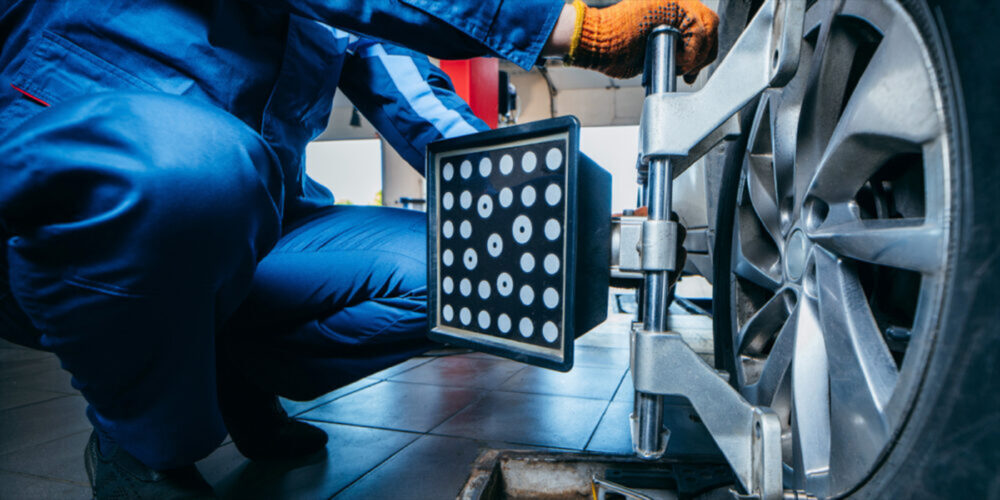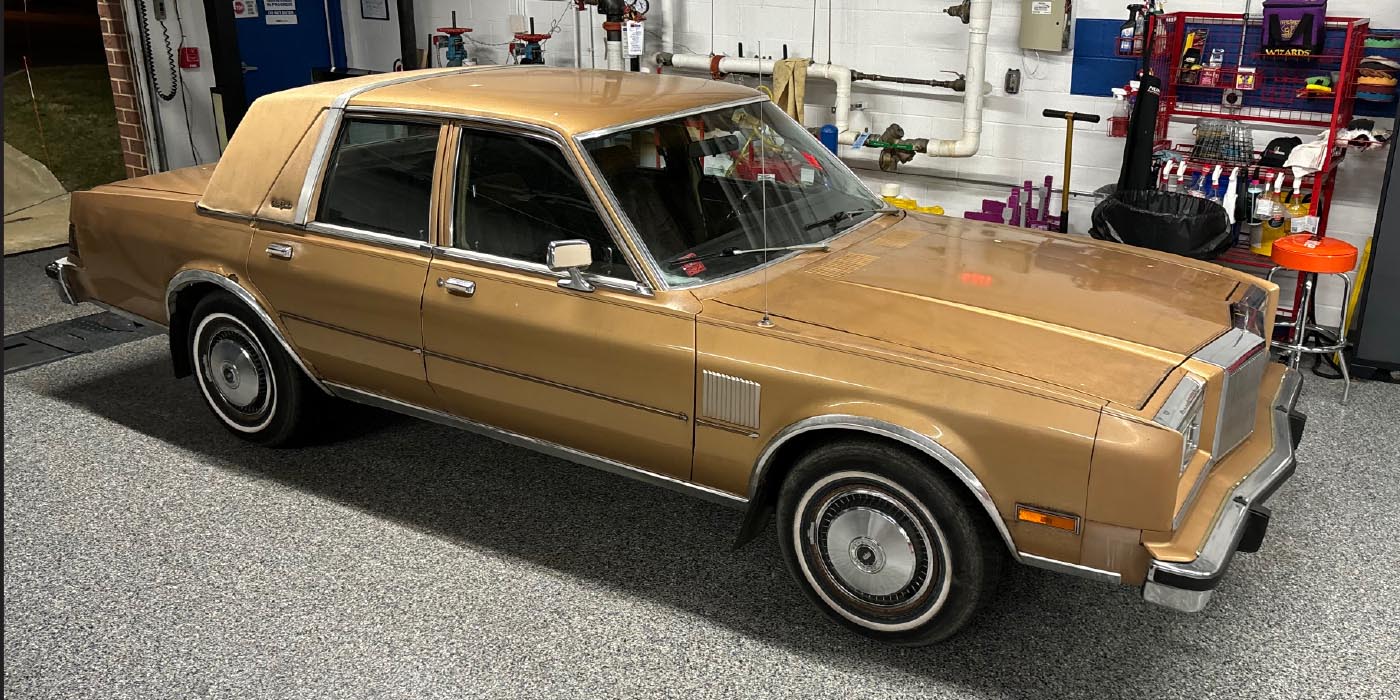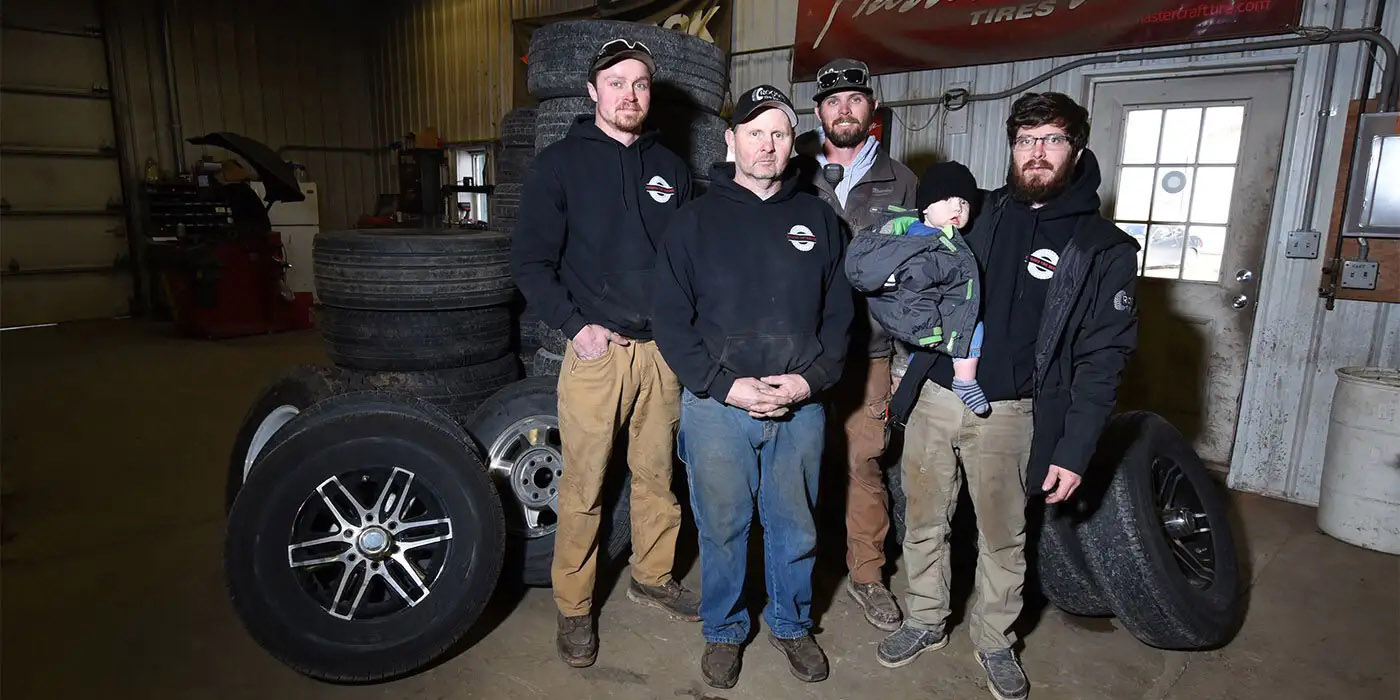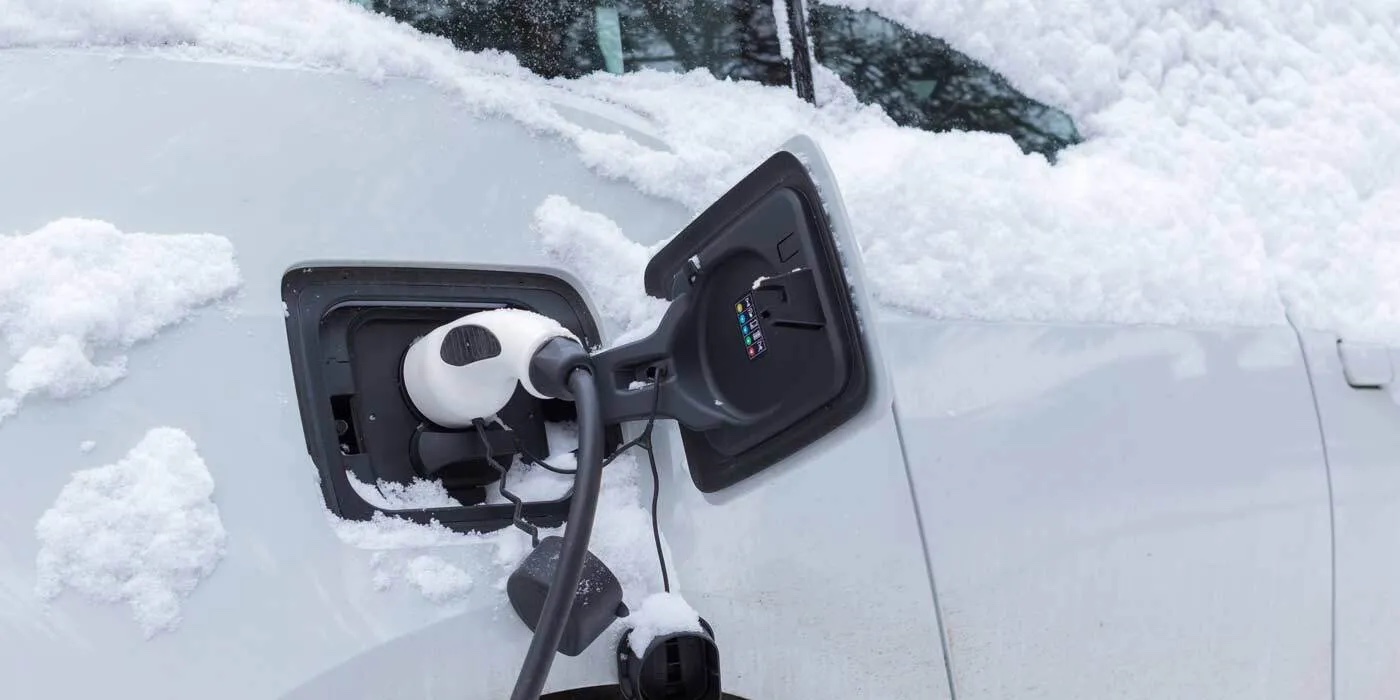Engineering teams have certain goals that they need to meet or exceed. Some of these goals are a result of government regulations such as fuel economy standards. Other goals are imposed by the automakers themselves. These include, but are not limited to, driving dynamics, curb weight, size constraints, and much, much more.
Shedding Weight
Reducing the curb weight of a vehicle just might be one of the biggest driving forces behind modern automotive engineering. The lighter the vehicle is, the more efficient it can be. Automakers have gone to great lengths to reduce overall vehicle weight. Everything from reducing the thickness of sheet metal, to adopting lightweight alloy suspension arms, and even removing material from wheel hubs and other rotating assemblies (Figure 1).
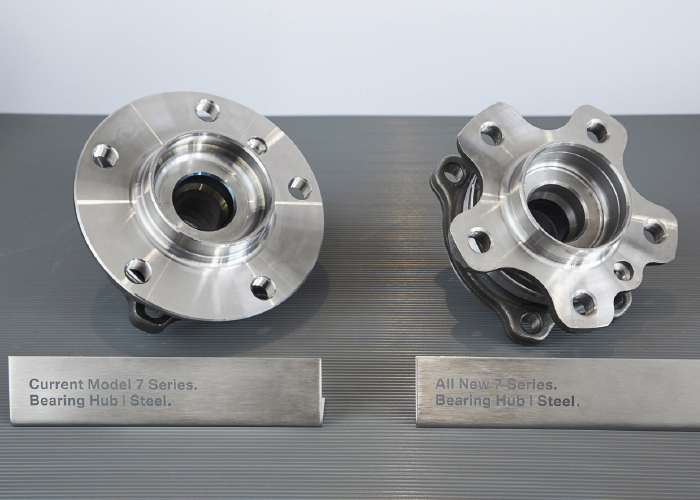
To us it might seem crazy that automakers are trying to shed weight so aggressively, but over the past 40 years we’ve seen a steady increase in vehicle weight due to one simple factor: consumer demand. That’s right, it’s because of us. Ever since the 1980s, car buyers have been demanding more and more creature comforts in our vehicles. Power windows, power locks, heated seats and steering wheels, and bigger wheels and tires, just to name a few. These features come with a cost, added weight and complexity. So, if automakers can save a few ounces on a number of components, they can cut pounds off of the overall vehicle weight.
Sprung VS Unsprung Weight
When it comes to reducing vehicle weight, there are two things to look at: the sprung weight and the unsprung weight. Sprung weight is the weight of the vehicle which is supported by the suspension system. This includes the vehicle chassis, body, and occupants. Unsprung weight is the weight which is not supported by the suspension. This includes the wheels, tires, hubs, knuckles, etc.
Reducing sprung weight can lead to better fuel economy, but reducing unsprung weight can enhance shock absorber response, and improve the handling of the vehicle. While this sort of engineering is usually reserved for the racetrack, it still has some merit for street cars.
So, what have automakers done to reduce the weight of braking systems? Lightweight aluminum caliper housings and ceramic pistons were just the start. Sports and exotic cars from the past few decades have seen the advent of semi-floating rotors (Figure 2) which feature lightweight center hats to reduce weight. Pins are used to attach the disc and the hat which allow for expansion and contraction as temperatures change. This design feature is the reason why this type of rotor is able to dissipate heat so well, making them a solid performance option for sporty vehicles.
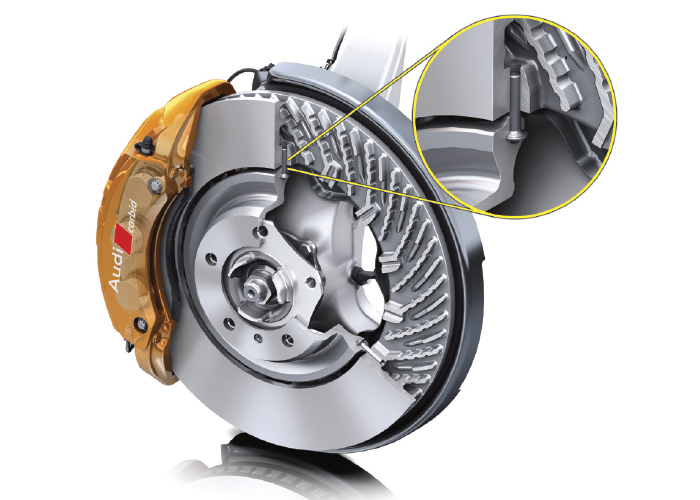
This type of brake rotor is not that different from a conventional one-piece unit from a service perspective. The rotor surface can be machined like normal, assuming it’s over the minimum thickness specification. A dial indicator is the best tool to check for runout if your customer complains of braking pulsation. They come at a higher price point compared to a conventional cast rotor, but their ability to dissipate heat is well worth the cost.
Carbon Ceramic Brakes
Coming in at the top of the price ladder would be carbon ceramic braking systems (Figure 3). These systems are incredibly pricey and usually are reserved for the racetrack or ultra-high-end exotic cars, but you will come across them in some street cars including the Chevy Camaro ZL1, Corvette Z06 and ZR1, BMW M3/M4, Audi R8, and more.

Carbon ceramic rotors are extremely durable. In fact, manufacturers claim that they’ll never need replacement – at least with “normal” driving. They’re also resistant to the kind of distortions and wear that lead to pedal pulsation – merely an annoyance in the “real world,” but a noticeable performance issue on the track.
The brake discs are formed from a specially treated carbon-fiber compound that is silicated in a high-vacuum process at higher temperatures than any stop could produce. Not only are the resulting discs much harder than standard discs, but they are also more resistant to heat. The process used to produce the discs is complex, time-consuming and costly when compared to cast iron.
The carbon fibers are blended with a resin of carbon and silicon. The mixture is pressed into a mold to create the basic disc shape, including its internal cooling vents. Using heat up to 3,000° F, the resin is converted to silicon carbide, a material nearly as hard as diamond. This is the “ceramic” in “carbon-ceramic.” If you tried to machine these rotors, you would need diamond-tipped bits in your brake lathe.
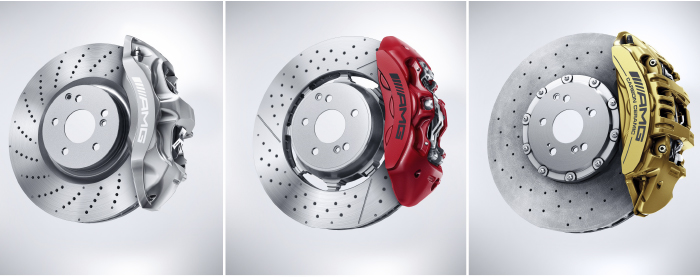
Tips & Tricks
When it comes time to service these braking systems, cleanliness must come first. Clean away any dirt, corrosion or contaminants from the hub face where the rotor will sit. This will help prevent the risk of lateral runout and a potential comeback for brake pedal pulsation.
Ensure that all of the metal-to-metal contact points are clean and free of any contaminants. Lubricate any sliding points according to the OEM service information. And, of course, be sure to check the OEM service information for any relevant torque specifications. If you’re chasing down a customer complaint, don’t forget to check for TSBs which may help you to repair the issue quickly and efficiently.
Finally, we would recommend always using OE-equivalent replacement parts whenever possible. For example, if the vehicle came with carbon ceramic brakes, do your best to replace them with the same type of components. If the vehicle came with semi-floating rotors, don’t replace them with solid cast units. If your customer isn’t willing to make that investment into their vehicle, be sure to explain to them how much the braking system performance may be hampered by making this sort of change.

